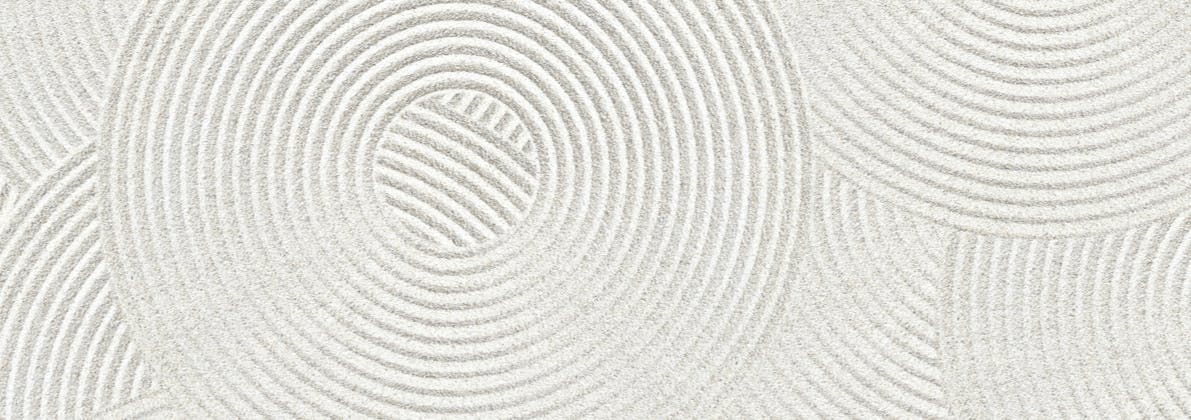Is Your Surgeon More Important Than the Technique?
When considering a facelift, one of the most common questions patients ask is: “What technique do you use? ” It's a fair question. After all, in an age of viral social media clips, YouTube deep dives, and plastic surgery forums, terms like deep plane facelift, SM...
View More

